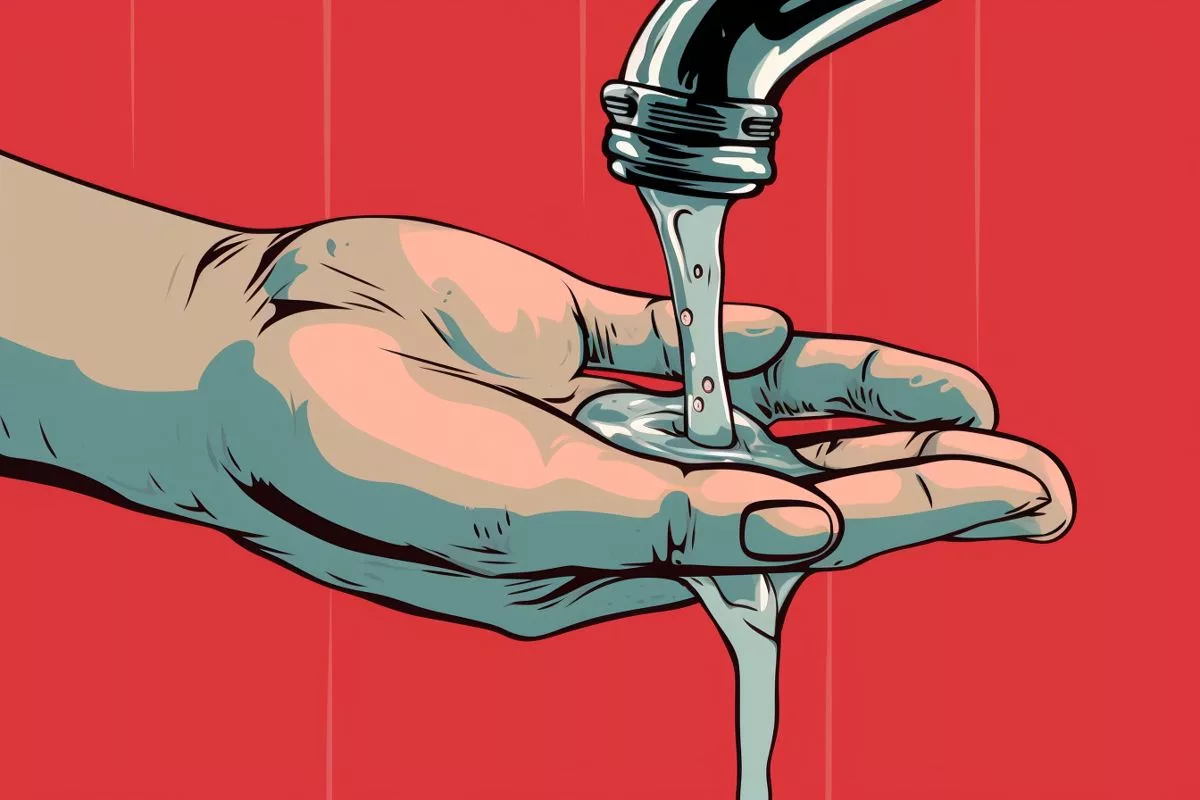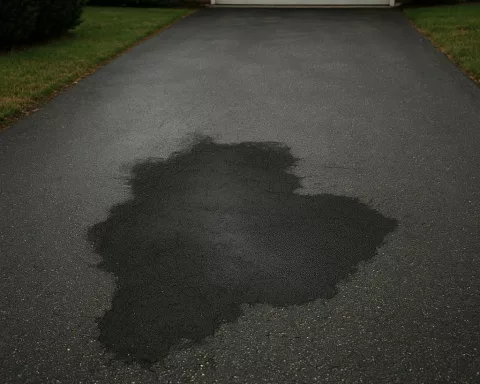Residents of KwaZulu-Natal are being reminded to continue conserving water, despite a slight improvement in the Umgeni Water Supply System, according to the Department of Water and Sanitation. The department is working on several projects to ensure water security, including the uMkhomazi Water Project. Rising temperatures during the summer season mean it’s important for residents to remain mindful of their water consumption. The department also warned against vandalising water infrastructure, which undermines its efforts.
What is the current water situation in KwaZulu-Natal and how can residents help?
KwaZulu-Natal’s Umgeni Water Supply System has seen a slight improvement, but the Department of Water and Sanitation is urging residents to continue conserving water. With rising temperatures during the summer season, it’s essential to remain aware of water consumption. The Department is working on various projects to ensure water security, including the uMkhomazi Water Project. It is also warning against the vandalism of water infrastructure, which undermines its efforts.
Slight Improvement in KwaZulu-Natal’s Water Supply System, Residents Encouraged to Conserve Water
In the past week, KwaZulu-Natal’s Umgeni Water Supply System has experienced a marginal increase from 84.9% to 86.3%, as stated in a recent report on dam levels from the Department of Water and Sanitation. This crucial water system, which is supported by the uMhlathuze Water Supply System and the Integrated Vaal River System, delivers water to five dams and is among the largest in the province.
Midmar Dam, a part of the Umgeni System, has seen a minor increase from 77.2% to 77.6%. Nagle and Inanda dams have reached 98.6% and 95.7% respectively. Both Driel Barrage Dam on the Tugela River and Craigie Burn Dam remain steady at 90.3% and 95.3%, whereas Hazelmere Dam, which provides water to the North Coast, has risen from 46.4% to 58.4%. Last year’s levels were at 47.4%.
Although the majority of dams report above-average percentages, the Department of Water and Sanitation is requesting that water users continue to conserve water. This appeal comes in anticipation of rising temperatures during the summer season, leading to increased evaporation from water sources.
Collaboration for Water Security
The Department is working closely with both provincial and local governments to ensure water security in the province. One example of this collaborative effort is the implementation of bulk water projects like Phase 1 of the uMkhomazi Water Project. The primary goal of this project is to transfer water from the uMkhomazi River to augment the Umgeni Water Supply System, which supplies domestic water to more than five million people and various industries in the Durban and Pietermaritzburg regions. The municipalities served include eThekwini, Msunduzi, uMgungundlovu, Ugu, Ilembe, and Harry Gwala.
The scope of the uMkhomazi Water Project involves a 33 km long and 3.5 m diameter raw water tunnel from the dam at Smithfield up to the uMlaza River Valley. In addition, a 5.1 km long and 2.6 m diameter gravity bulk raw water pipeline will connect the raw water tunnel to the Baynesfield Water Treatment Works.
Protecting Water Infrastructure
In conjunction with efforts to maintain water security, the Department has issued a strong warning to those who vandalize water infrastructure. Wisane Mavasa, the spokesperson for the Department of Water and Sanitation, emphasizes that they will not hesitate to take severe measures against such criminality, as it undermines the department’s work towards ensuring water security in the province and throughout the country.
Fluctuating Water Levels Across Province’s Dams
Besides the primary dams mentioned previously, other dams in the province have witnessed varying water levels:
- Spioenkop: 84.1% last week, 83.4% this week
- Mearns: 60.6% last week, 69.8% this week
- Ntshingwayo: 65.9% last week and this week
- Inanda: 92.0% last week, 95.7% this week
- Wagendrift: 86.7% last week, 86.8% this week
- Hluhluwe: 91.6% last week, 102.0% this week
- Goedertrouw: 97.4% last week, 99.6% this week
- Klipfontein: 86.7% last week and this week
- SpringGrove: 74.7% last week, 74.4% this week
As water levels continue to fluctuate, it is essential for residents to remain aware of their water consumption and adhere to the Department’s reminder to conserve water.
1. What is the current water situation in KwaZulu-Natal?
KwaZulu-Natal’s Umgeni Water Supply System has seen a slight improvement, but the Department of Water and Sanitation is urging residents to continue conserving water.
2. What is the Umgeni Water Supply System?
The Umgeni Water Supply System is a crucial water system in KwaZulu-Natal, which is supported by the uMhlathuze Water Supply System and the Integrated Vaal River System. It delivers water to five dams and is among the largest in the province.
3. How much have the dam levels in KwaZulu-Natal increased?
In the past week, KwaZulu-Natal’s Umgeni Water Supply System has experienced a marginal increase from 84.9% to 86.3%, as stated in a recent report on dam levels from the Department of Water and Sanitation.
4. What are the names of the dams with above-average percentages?
Nagle and Inanda dams have reached 98.6% and 95.7% respectively. Both Driel Barrage Dam on the Tugela River and Craigie Burn Dam remain steady at 90.3% and 95.3%, whereas Hazelmere Dam, which provides water to the North Coast, has risen from 46.4% to 58.4%.
5. What is the uMkhomazi Water Project?
The uMkhomazi Water Project is a bulk water project that involves a 33 km long and 3.5 m diameter raw water tunnel from the dam at Smithfield up to the uMlaza River Valley. In addition, a 5.1 km long and 2.6 m diameter gravity bulk raw water pipeline will connect the raw water tunnel to the Baynesfield Water Treatment Works.
6. What is the department doing to ensure water security in the province?
The Department is working closely with both provincial and local governments to ensure water security in the province. They have implemented bulk water projects like Phase 1 of the uMkhomazi Water Project.
7. Why is the department warning against the vandalism of water infrastructure?
The Department has issued a strong warning to those who vandalize water infrastructure. Such criminality undermines the department’s work towards ensuring water security in the province and throughout the country.
8. What is the department’s appeal to residents regarding water consumption?
The Department of Water and Sanitation is requesting that water users continue to conserve water. This appeal comes in anticipation of rising temperatures during the summer season, leading to increased evaporation from water sources.








